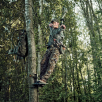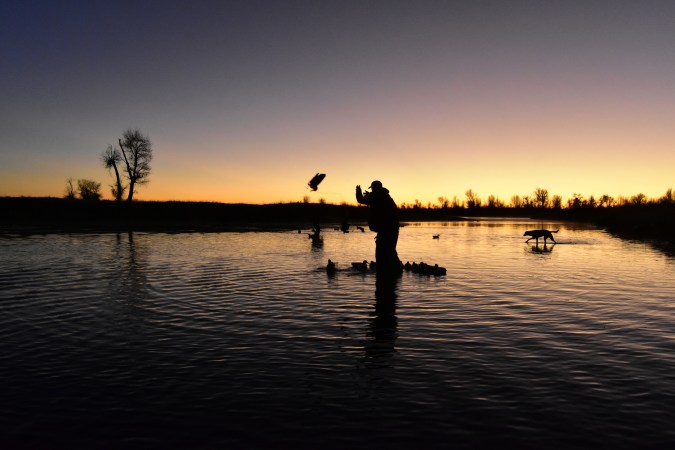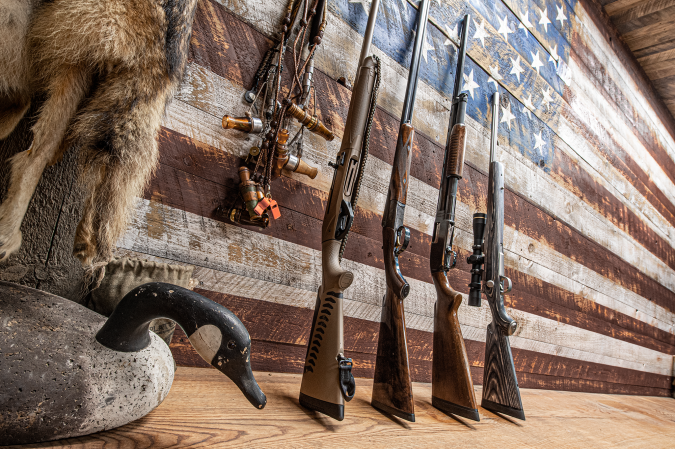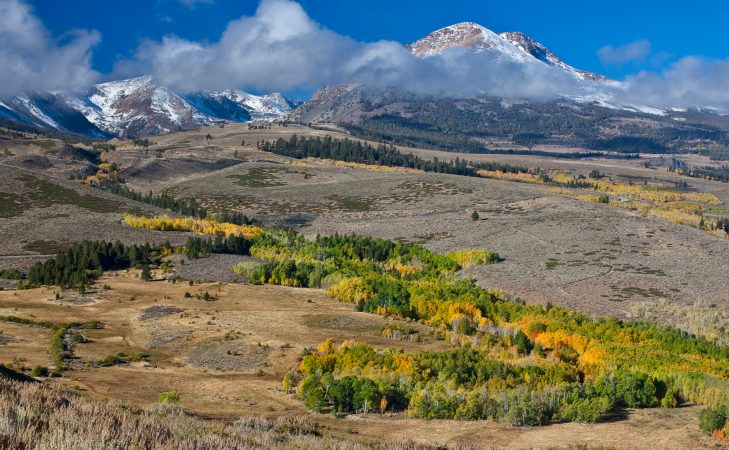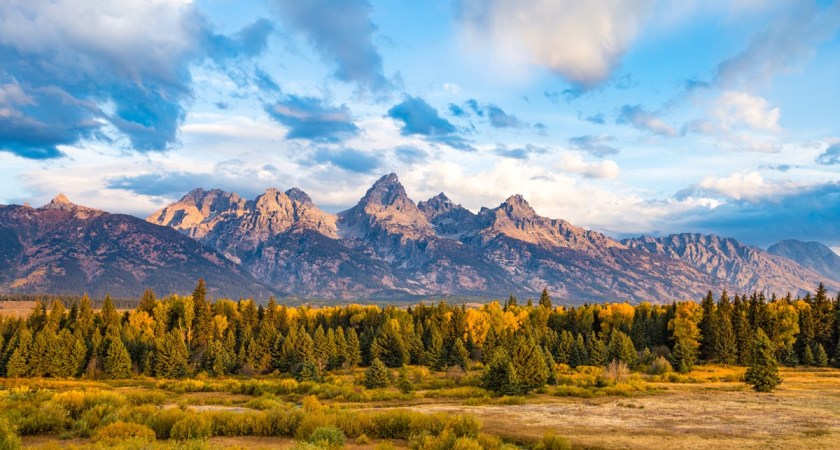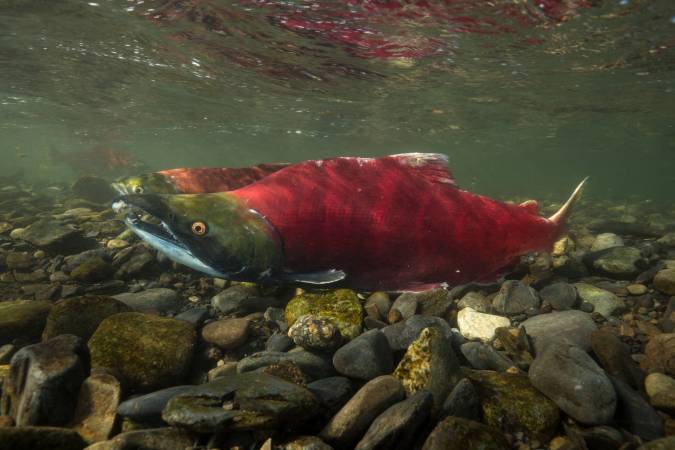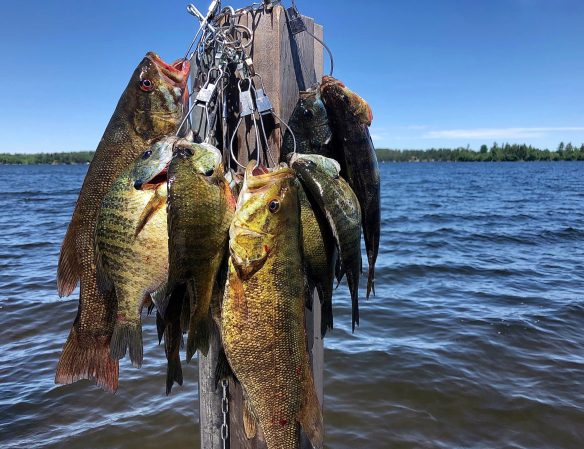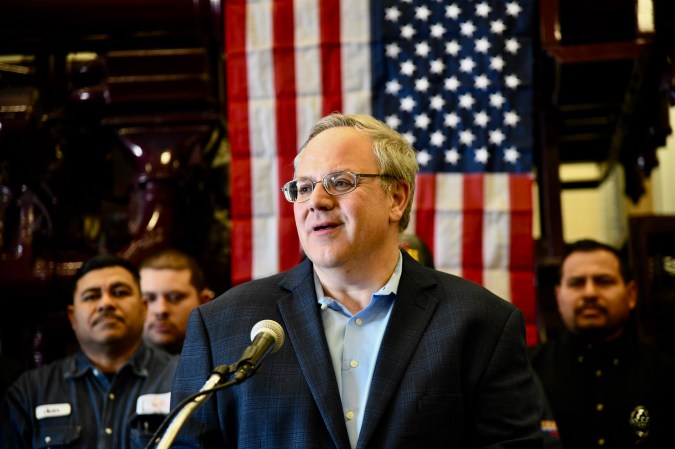So how do you know when election season has arrived?
You start hearing the words “hunting” and “fishing” coming out of the mouths of the politicians (and their staffs) hoping to get elected.
Ken Salazar, Secretary of the Interior, has been a frequent source of sound bites concerning the recent release of the U.S. Fish and Wildlife Service’s 2011 National Survey of Fishing, Hunting and Wildlife-Associated Recreation.
That survey offered some encouraging news: Hunting and fishing participation in the United States has grown.{C}
The survey reports about a nine percent increase in the number of hunters and an 11 percent increase in the number of anglers. About 38 percent of all Americans participated in some sort of outdoors-related recreation.
Salazar, of course, is claiming success for the Obama administration’s Great Outdoors initiative. Among other things, the initiative works to coordinate federal agencies with local conservation projects.
I think it’s a bit of a stretch to give the initiative full credit. The efforts undertaken by organizations and companies within the hunting and fishing community should be given a tip of the hat. If you take a look at the Great Outdoors Initiative’s website, you’ll find lots of photos and references to pretty places. What you won’t find are photos of dead critters, people with guns or fishing. Knowing how political folks work, I can’t help but think that’s by design.
Whether it was the Families Afield efforts spear-headed by the National Wild Turkey Federation and the National Shooting Sports Foundation and U.S. Sportsman’s Alliance or the renewed focus of for-profit companies and corporations on new hunter recruitment, it’s hard to imagine that a government program had more impact than first-hand efforts by those most familiar with the outdoors.
While the increase in the number of participants should get the attention of those running for office and clamoring for votes, here’s the number they should really focus on: $145 billion.
That’s the amount the survey says was spent on outdoors-related activities in 2011. About $34 billion in revenue was generated from hunters, $42 billion on fishing and $55 billion on wildlife viewing. These numbers prove once again that the outdoors isn’t just a place for people to hunt and fish. It’s also a very real and powerful economic driver and it’s one that deserves more attention and care.
